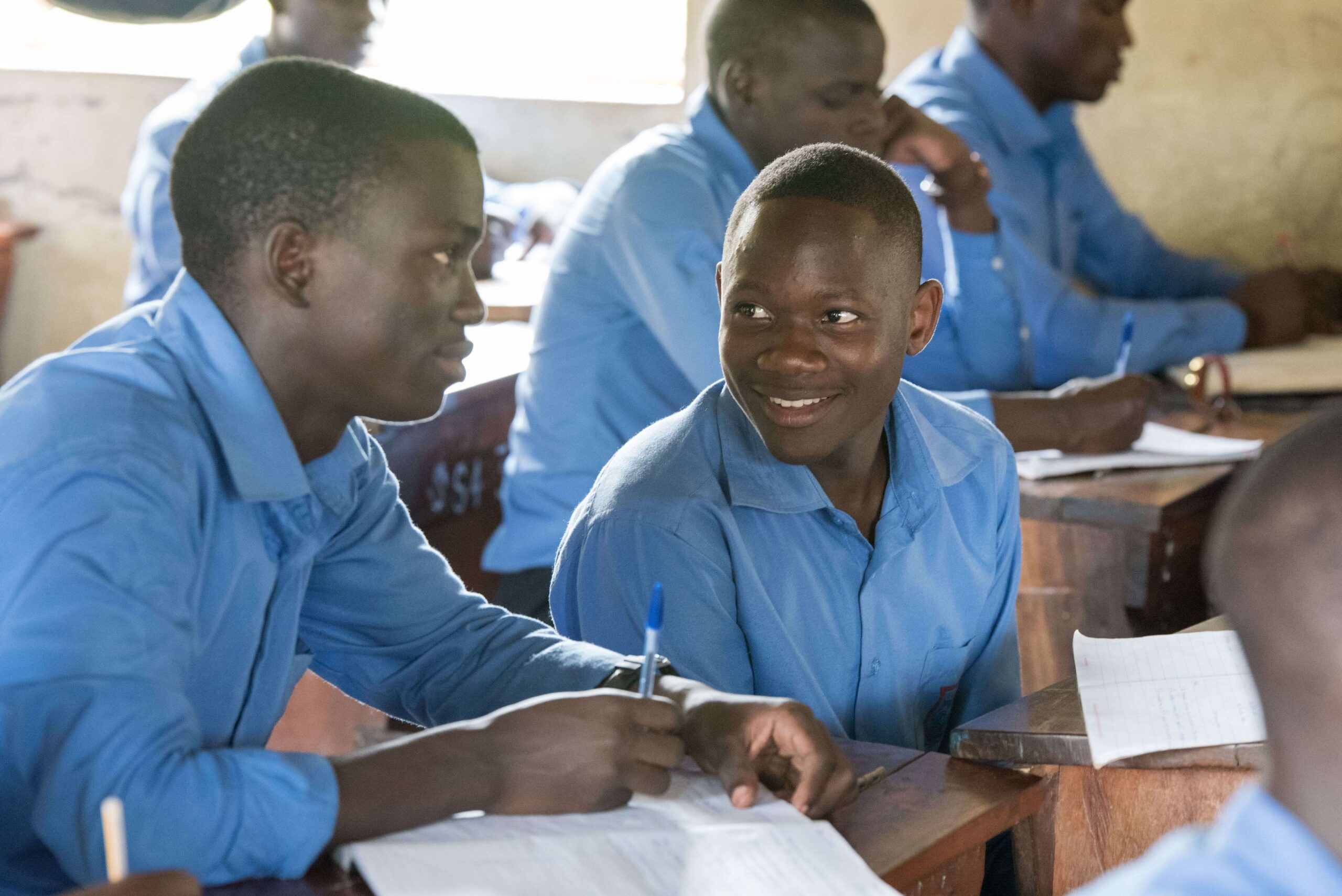This piece was written by Modern Karema Musiimenta, Country Director, Uganda.
In 2020, the Ministry of Education and Sports (MOES), through the National Curriculum Development Centre (NCDC), announced a new competency-based curriculum for lower secondary students. This curriculum is based on the results of a study which stated that students in the Ugandan education system lacked the knowledge, skills, values and attitudes that are necessary to survive in a professional world. The new curriculum was an effort to improve our education practice to produce holistic learners ready to thrive in the world after school.
The roll-out of the new curriculum was delayed by 18 months due to Covid-19 school closures, which affected training and engagement practices for teachers, school leaders and other stakeholders. Following the reopening of schools in 2022, the curriculum started to roll out thanks to the support of Dr Grace Baguma and her team at the National Curriculum Development Centre and the Ministry of Education and Sports under the leadership of Hon. Janet Museveni and Ms Kate Lamaro.
The new curriculum has continued to face some challenges. It was initially not welcomed by the teachers or school leaders and experienced poor engagement from the parents and the wider community. The curriculum requires a shift in mindset from a teacher-centred to a learner-centred pedagogy, and a change in teaching methods, which can be challenging especially for more experienced teachers and leaders.
However, in my personal experience, the new curriculum has supported many positive outcomes in the delivery of classroom practice. In my interaction with school leaders and teachers as part of STiR’s programme in Uganda, I have witnessed very inspiring stories of change from headteachers, teachers and learners. The new curriculum is designed to reduce teachers’ lecture delivery and help learners to participate actively. Teachers have now noticed a reduction in their exertion levels during teaching since they act as a facilitator for learning. This will help reduce teacher burnout as earlier teachers only used to speak with very few breaks in between and not much active learning.
Teachers have also given feedback about the improved relationship between teachers and learners and how it has promoted the ability of learners to consult and ask questions both inside and outside the classroom. This develops self-esteem, confidence and critical thinking amongst learners which are key 21st-century skills needed in the professional setting. The new methodology of teaching has also improved the relationship among learners, as the new curriculum is mainly hinged on group work and group presentations in class, as well as group projects outside class. Learners are developing their teamwork and collaboration, as also their presentation and public speaking skills. These are major developments as in the past, even many of the first-class graduates of the Ugandan education system lacked the soft skills required in the real world.
In a training session in the Kigezi sub-region, a headteacher explained how the learners in the new competency-based curriculum differ from those working on the old curriculum. Those on the old curriculum are shy and laid back while younger learners are confident, have high self-esteem and are outspoken. The new curriculum emphasises group work, group presentations, peer-to-peer learning and learner-centred teaching to develop the confidence, oratory and presentation skills exhibited by the students. In the Masaka sub-region, another head teacher gave her experience of how the new curriculum was promoting teamwork and critical thinking because of the peer learning strategy, where learners pair up to share their understanding of a particular concept and hence learn from each other. The teacher then intervenes to check for understanding and clarify any concepts or doubts that the learners may have.
These stories of change are indicators of what we potentially might reap from a well-rolled-out competency-based curriculum. The change from knowledge acquisition to competency and skills acquisition is a big shift that aligns with global teaching and learning practices, as well as our national vision for 2040, specifically skilling youth and preparing them for the world of work. It is a change that STiR Education is proud to support. With a united effort and wider engagement, we hope to support the scaling of the positive outcomes already seen in a few years of implementation at a national level. Our youth can then have the skills to thrive in the real world of work and business.


